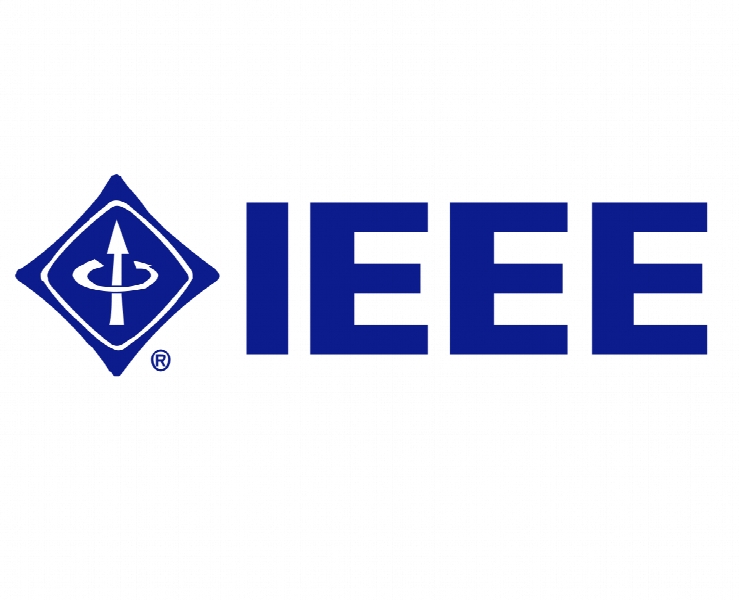توزیع منابع محاسباتی در شبکه های مجهز سه بعدی IoT Computing Resource Allocation in Three-Tier IoT Fog Networks: a Joint Optimization Approach Combining Stackelberg Game and Matching
- نوع فایل : کتاب
- زبان : انگلیسی
- ناشر : IEEE
- چاپ و سال / کشور: 2018
توضیحات
رشته های مرتبط مهندسی فناوری اطلاعات
گرایش های مرتبط شبکه های کامپیوتری و اینترنت و شبکه های گسترده
مجله اینترنت اشیا – Internet of Things Journal
دانشگاه Department of Electrical and Computer Engineering – University of Houston – USA
منتشر شده در نشریه IEEE
کلمات کلیدی محاسبات مه، بازی استاکلبرگ، تطبیق تئوری، اینترنت اشیا
گرایش های مرتبط شبکه های کامپیوتری و اینترنت و شبکه های گسترده
مجله اینترنت اشیا – Internet of Things Journal
دانشگاه Department of Electrical and Computer Engineering – University of Houston – USA
منتشر شده در نشریه IEEE
کلمات کلیدی محاسبات مه، بازی استاکلبرگ، تطبیق تئوری، اینترنت اشیا
Description
I. INTRODUCTION With the rapid development of Internet of things (IoT), the number of connected devices has increased at a unprecedented speed [1]. It is known that analyzing the big data generated by all kinds of IoT devices requires a large amount of computing resources. In order to meet the demand of the data computing services, a large number of large-scale data centers has been deployed. In addition, cloud computing has been proposed recently to provide flexible and efficient services to the data service subscribers (DSSs). In cloud computing, the data service operator (DSO) is able to organize a shared pool of configurable computing resources (such as servers, storage, networks, applications and services), which can be easily accessed by DSSs on demands. Generally speaking, large-scale data centers or clouds are typically built in remote areas far from the DSSs. This results in high transmission cost, transmission congestions and service latency, which can be intolerable for the applications that require real-time interaction or mobility. Accordingly, it is beneficial and necessary to pull the cloud closer to the users. In wireless radio access network, the concept of mobile edge computing is developed by ETSI (European Telecommunications Standards Institute), aiming to bring computation power into mobile radio access network. In mobile edge computing, the network edge is able to run in an isolated environment from the rest of the network and creates access to resources in the local neighborhood [5]. Moreover, in IoT, fog computing, put forward by Cisco, is proposed as a promising solution. In fog computing, multiple low-power computing devices, commonly referred to as the fog nodes (FNs), at the edge of the networks are deployed to offload the data computing services from the cloud. With the property of small-scale, low construction cost and mobility support, the FNs are generally deployed much closer to the DSSs and therefore can provide low-latency, fastresponse and location-awareness service [6]. With different purpose and preferences, the DSSs at the network edge are able to receive data services from the FNs in the neighborhood or from remote data centers in remote areas.


